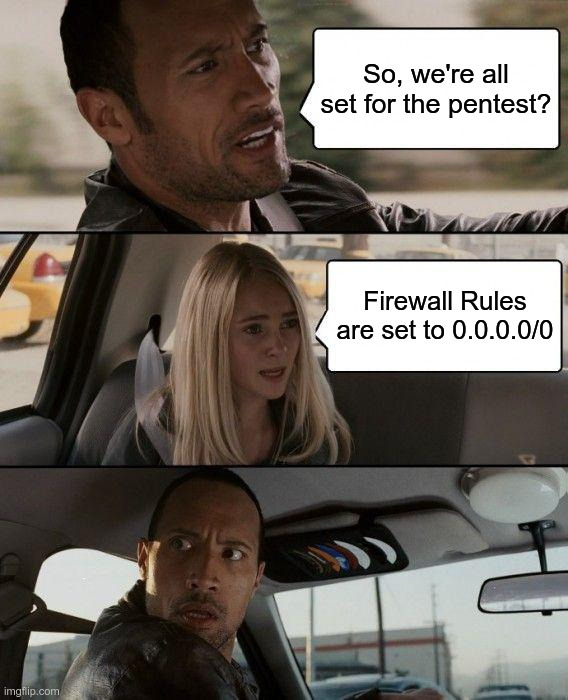Welcome Wildcards!
From v2.8.0, DiscrimiNAT Firewall supports use of wildcards in an FQDN allowlist.
Last updated: January 10, 2025 to incorporate v2.9.0 improvements

If you're in an operations role (SRE, DevOps, etc) the Operation section will be of particular interest to you.
Syntax
➟ The character _ (or even ? on GCP) may be used to substitute exactly one wild character in an FQDN to be allowed.
➟ Each _ (or ?) character must match one domain name permissible letter. It cannot match zero or more than one characters.
➟ The character * (or %) may be used to substitute any number of characters.
➟ The set of wild characters is from a to z, 0 to 9 and the - (hyphen or minus) only.
➟ The . (period, dot or full stop) character is not included.
➟ You may use any number of wildcards in a single FQDN address (in the allowlist). See examples below.

